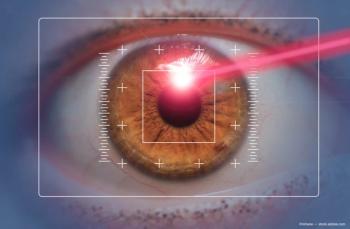
Iris' new ocular inflammation model
A new model of ocular inflammation, an endotoxin-induced uveitis (EIU) model, has been validated by Iris Pharma, according to the company.
Nice, France-A new model of ocular inflammation, an endotoxin-induced uveitis (EIU) model, has been validated by Iris Pharma, according to the company. The model was developed in albino rats to evaluate the efficacy of pharmaceutical products for the treatment of anterior uveitis and other inflammatory diseases in the eye.
In the EIU model, uveitis is induced by endotoxins called lipopolysaccharides, which are found in the bacterial cell outer wall. Cell number and protein concentration in the aqueous humor begin to increase 6 hours after the endotoxin injection and reach a peak at 24 hours before gradually decreasing. Product efficacy is evaluated clinically with a slit lamp and by measuring cellular infiltration and protein concentration in the aqueous humor. Efficacy is measured against clinically proven references such as dexamethasone, methylprednisolone, or ketorolac.
“The new EIU model provides the possibility to investigate anti-inflammatory drugs that mainly act on the recruitment of inflammatory cells such as polymorphonuclear cells or macrophages,” said Pierre-Paul Elena, PhD, chief executive officer and founder of Iris Pharma. “This model can also serve to generate proof-of-concept for other inflammatory diseases.”
EIU has proven to be a useful model for the study of acute and subacute anterior ocular inflammation in humans, according to the company.
Newsletter
Don’t miss out—get Ophthalmology Times updates on the latest clinical advancements and expert interviews, straight to your inbox.















































.png)


